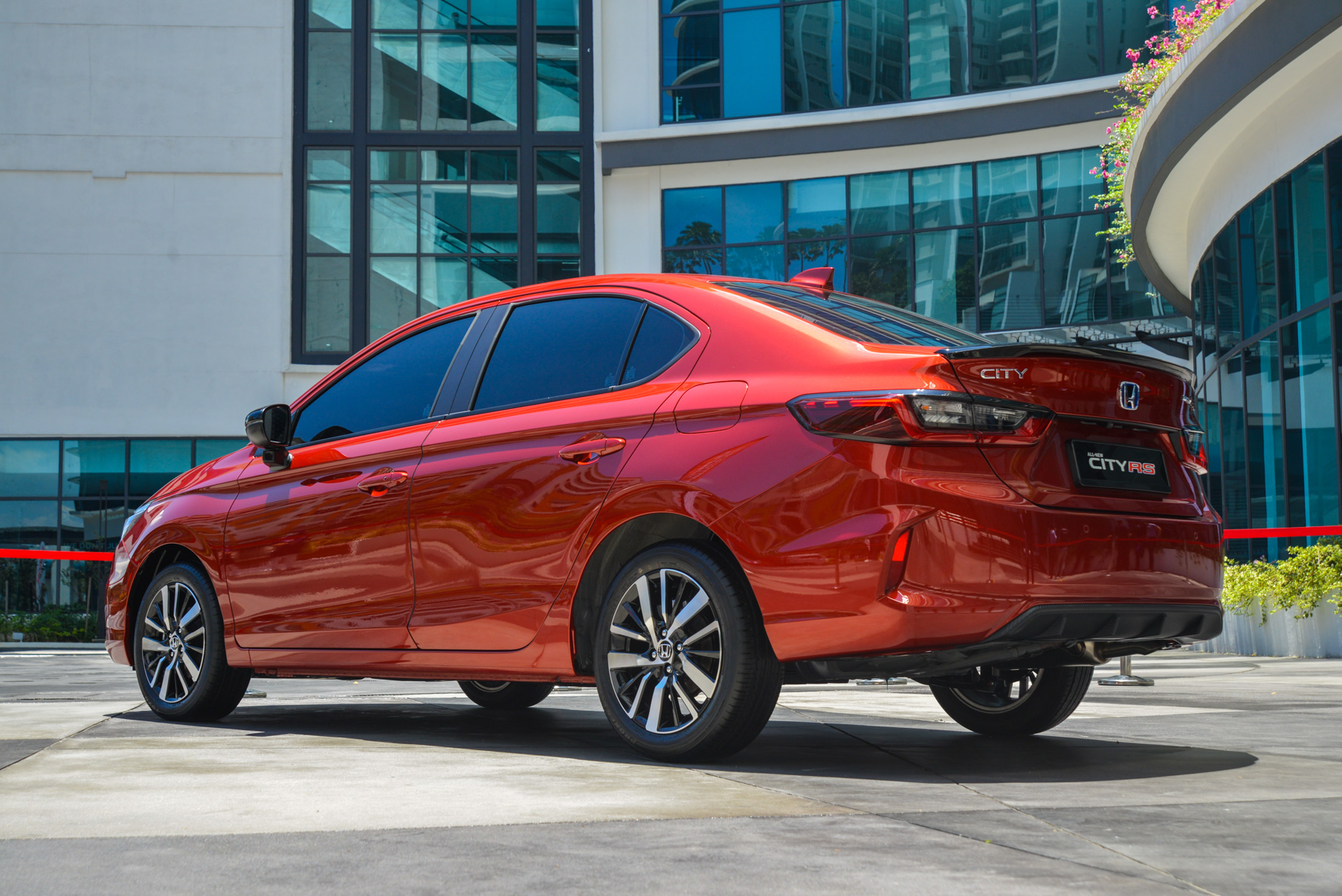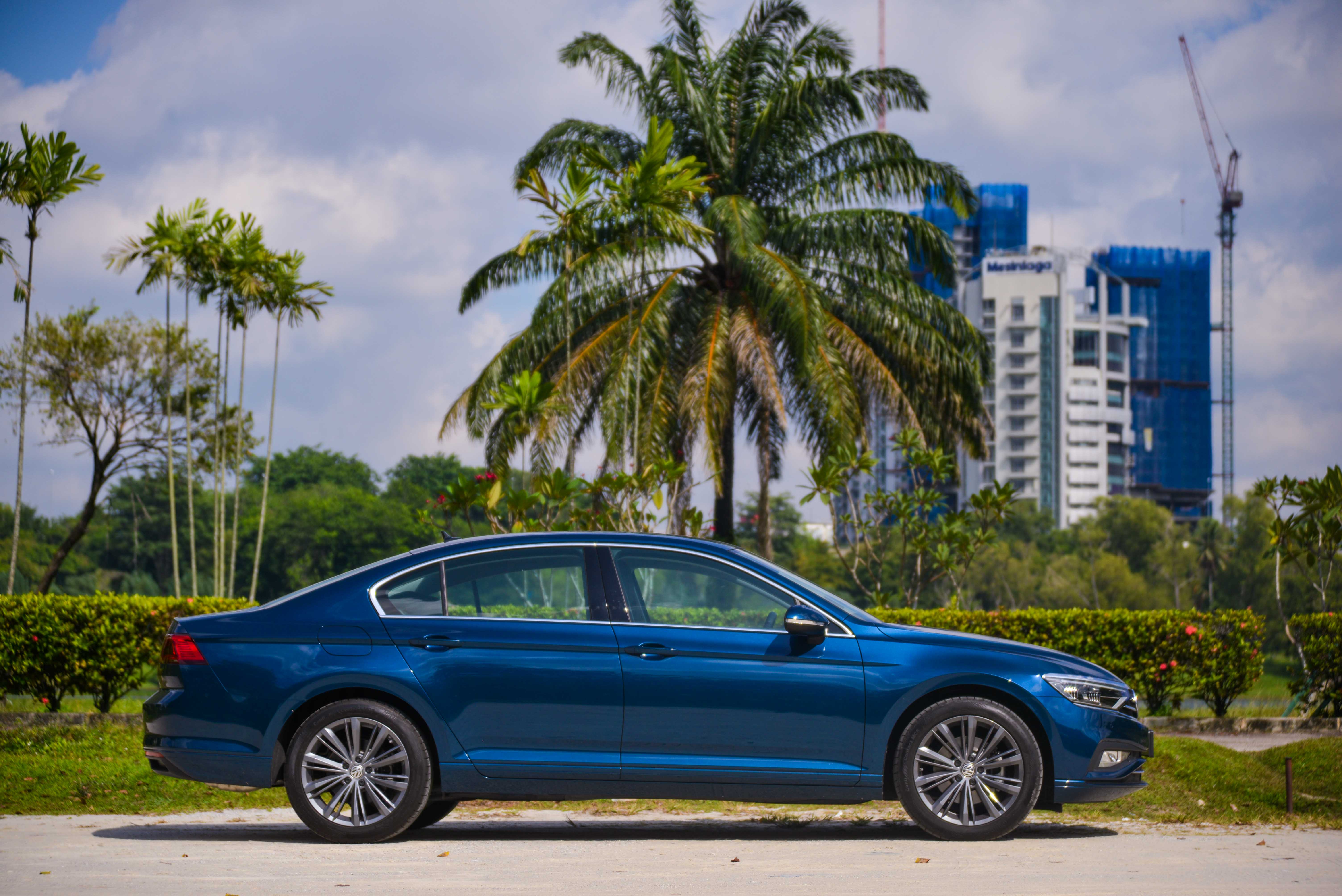
The good old three-boxed saloon has enjoyed a remarkable resurgence of late; the past week alone has been quite a victory. While the likes of Bentley and Lamborghini celebrate unprecedented sales brought in by SUVs like the Bentayga and Urus, the new Mercedes-Benz S-Class and Rolls-Royce Ghost remind the world that the yardstick for automotive luxury remains closely planted to the ground.
Closer to home and in considerably more accessible territory, our seemingly doomed D-segment now hosts two of the most promising family execs launched in 2020: the facelifted Volkswagen Passat and ninth-generation Honda Accord. The new Toyota Corolla and facelifted Honda Civic are doing an equally stellar job of staving the dominance of their SUV counterparts in the C-segment, while the B-segment is the hottest it has been in years thanks to the new Nissan Almera and soon-to-be-launched Honda City RS.
That said, the shift of sales towards SUVs is a moving train that’s getting increasingly difficult to stop, what with the impending arrivals of the Proton X50 and Perodua’s Daihatsu Rocky-related crossover to name a few. The versatility they promise is certainly hard to ignore, but SUVs aren’t entirely superior to sedans in every way; the latter would have been extinct by now if that was objectively the case. As much as automotive engineering has evolved over the years, much of the simple physics that influenced us to adopt the age old, three-boxed shape as the de facto symbol of motoring in the first place remain unchanged.
Here are some things to consider before buying into the charms of a brand new SUV…
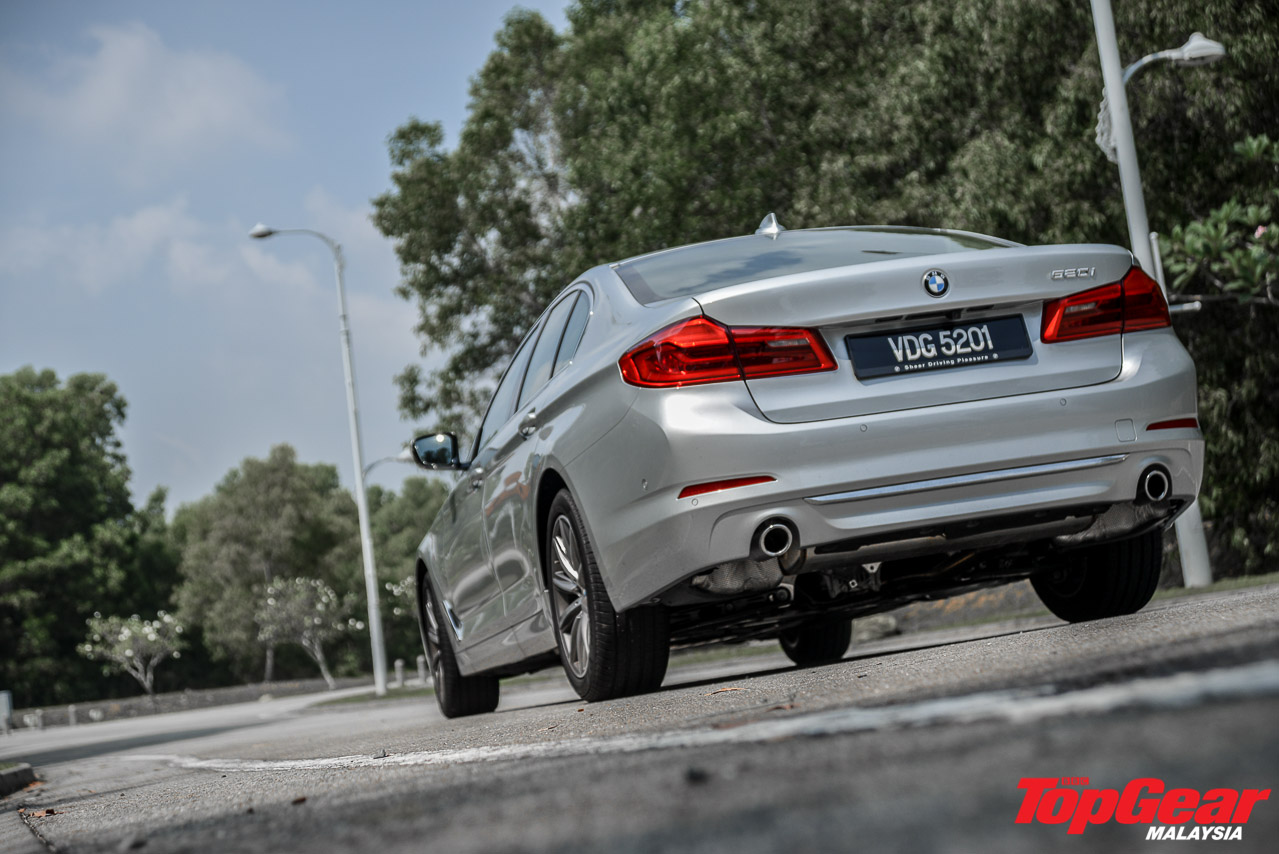
1. Sedans are inherently more engaging behind the wheel
It does not take an expert to deduce that sedans are naturally better to drive on the basis of their sleeker silhouette and lower centre of gravity. A lower and trimmer frame is often more aerodynamic and requires less effort to mobilise as a result. On the move, lower ground clearance and ride height are less susceptible to lift and sway. A more planted field of vision certainly helps put the driver in the right mood too.
Sure, there are SUVs like the Porsche Macan that tackle bends with the panache you’d expect from its two-door siblings. But there’s the obvious cost factor involved, as well as a bunch of complex and heavy components usually required to imbue an SUV with the driving characteristics of a more physically dynamic vehicle – something a sedan naturally is from the get-go. That sedans are typically lighter means you’ll likely have an easier time managing weight transfer through the corners as well, which brings us to point number two…
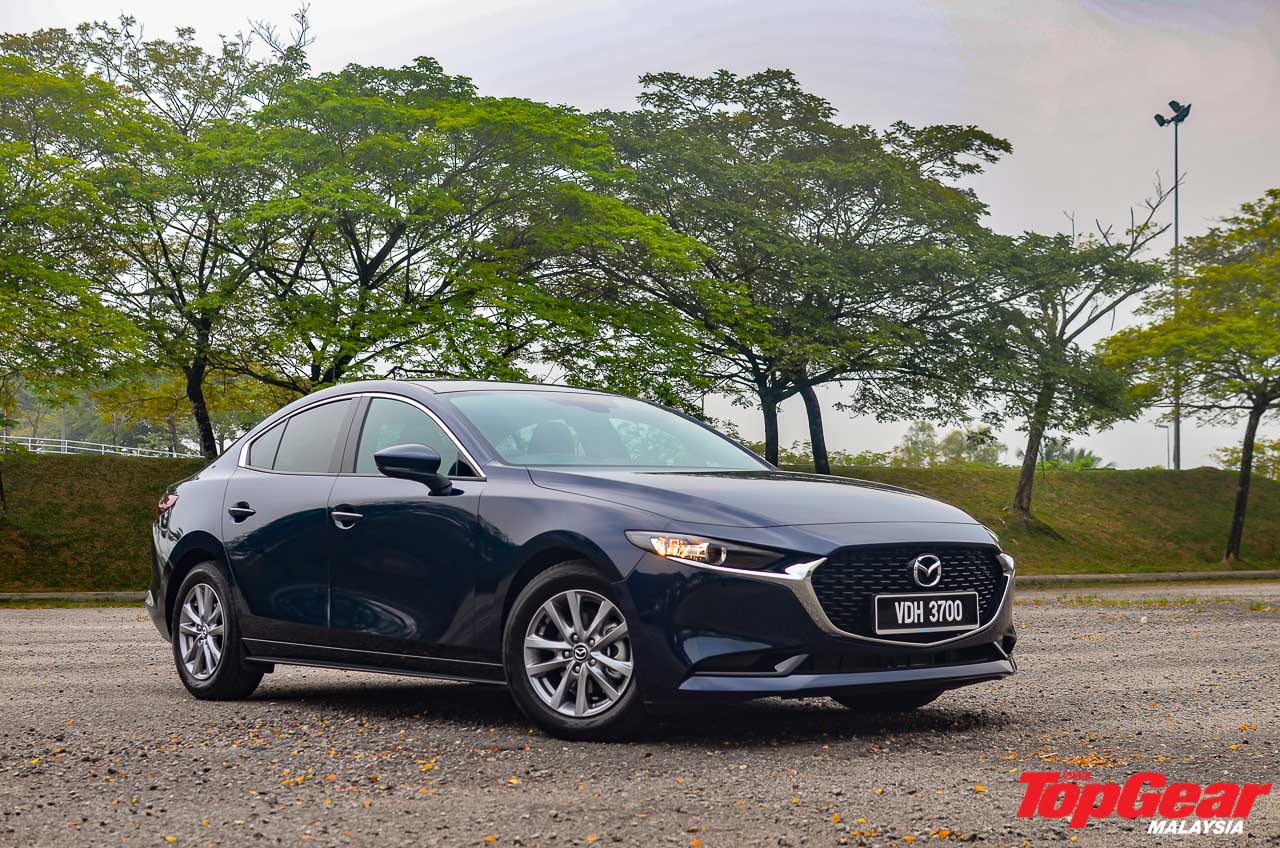
2. SUV practicality comes with a substantial trade-off in weight
“Crossovers” sold in more compact and affordable brackets such as the B-segment are often derivatives of platform-sharing hatchbacks, refashioned to look as tall and rugged as an SUV should. So if it’s merely a jacked up hatch, surely it can’t be heavier than a sedan built on the same bones, can it? The notion that hatchbacks are substantially lighter than their sedan counterparts is a common misconception. While shaving the boot off does save a lot of weight, much of this is evened out by the extent of work and metal required to give a hatchback the structural integrity of a sedan.
The Mazda3 Liftback, for example, is only 2kg lighter than its sedan counterpart despite being 200mm shorter. If you compare the Mazda3 sedan to CX-30, which is built on the same platform, the latter is 39kg heavier with roughly the same specs and identical 2WD 2.0L powertrain. Add AWD into the mix and the difference shoots up to 120kg, which is the equivalent of carrying two average-sized adults on a permanent basis.
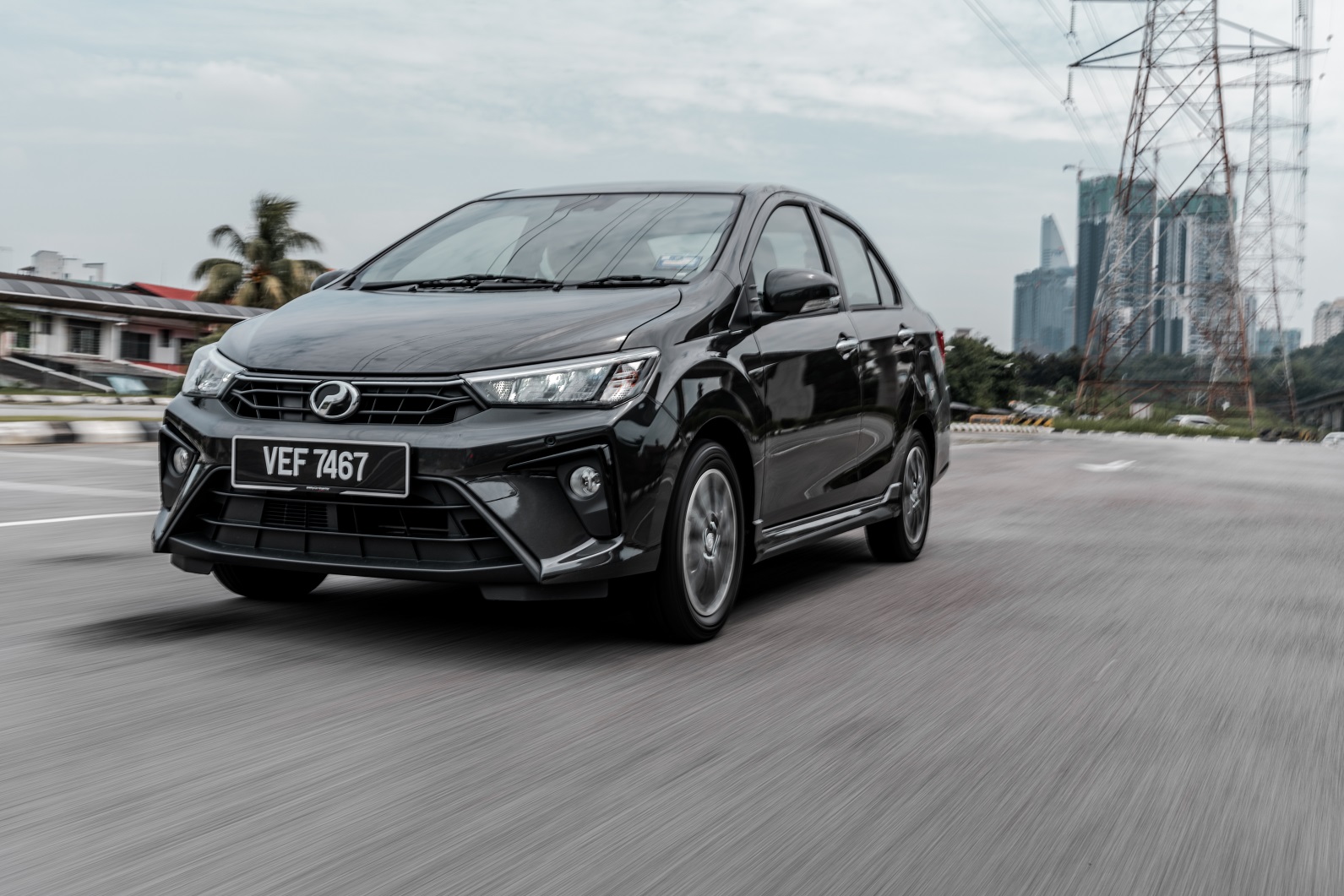
3. Sedans are potentially cheaper to maintain
The heavier a vehicle, the more the force is needed to get it moving. By that logic, an SUV will obviously consume more fuel than a lighter sedan running on the same powertrain. The added weight places more stress on the components that mobilise the vehicle as well, which could accelerate wear and tear in some areas. To top it off, AWD systems in more advanced SUVs require dedicated maintenance while SUV and all-terrain tyres specially engineered to cope with the added bulk and driving demands associated with an SUV cost more to replace too.
Ultimately, most of these concerns are evened out by modern-day warranties and free maintenance programs. And in cases of genuinely practical and versatile SUVs, the added benefits often justify the increased running costs, IF they meet the driver's requirements. The same theory applies to any discrepancies in weight and driving dynamics. However, if third-row seats, refrigerator-hauling cargo space and curb-climbing mechanics aren't of any use to you, you're better off saving up on an architecturally simpler yet potentially more rewarding set of wheels that is the humble sedan.
Put simply, an SUV does indeed open up new possibilities to daily motoring, but often at a cost. Ringgits and cents aside, there's also the potential trade-off in the simpler joys of everyday driving that most sedans excel at to consider before purchasing a new vehicle in the SUV-crazed era we live in today. The choice may not always be obvious, but it's clear that either option is still just as relevant as the other.
